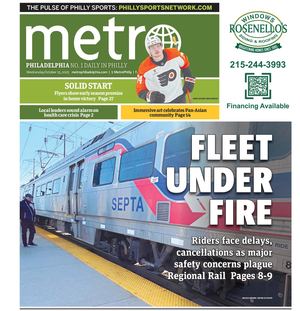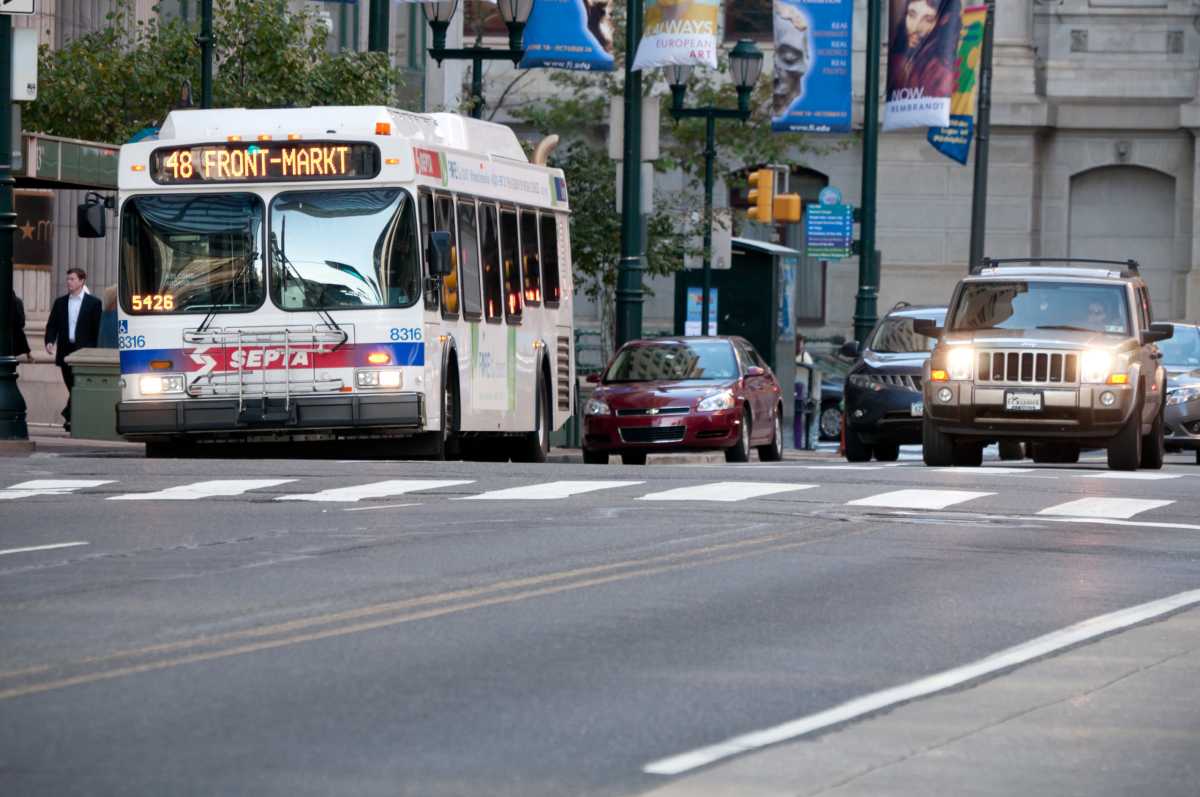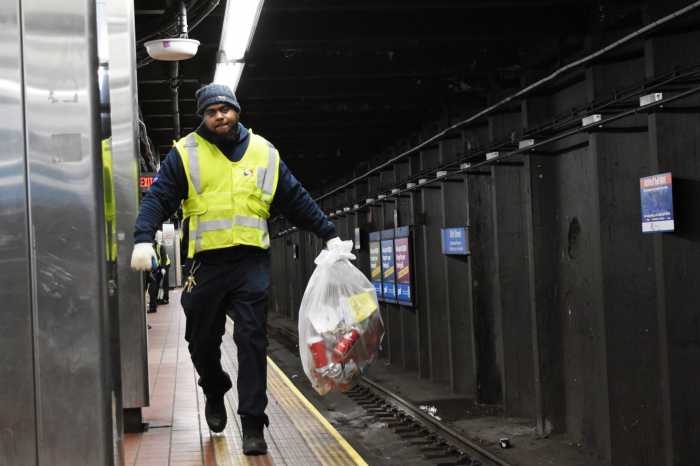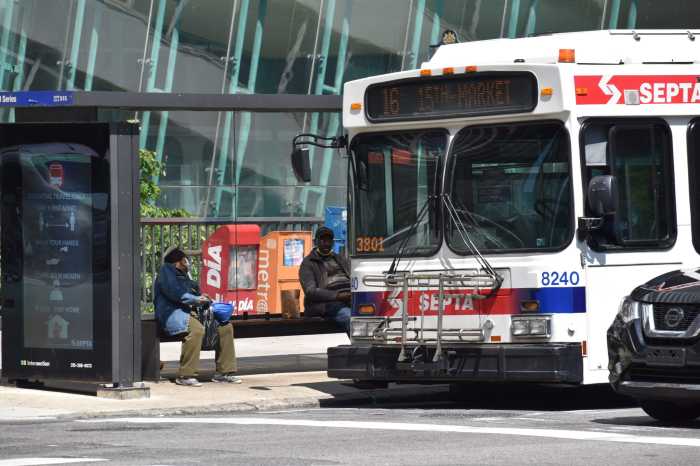SEPTA, after collecting input from riders, has updated its plan to redesign the region’s bus network, reconfiguring the proposal to more closely resemble the current map.
But more changes are likely on the way. The authority’s planners are getting ready to launch another round of public engagement to get feedback on the revised plan.
Dan Nemiroff, the project manager for Bus Revolution, as the redesign is called, said many of the alterations were in response to riders raising concerns that their one-seat ride would require a transfer under the initial draft, released in October.
“We have returned some of that service, that sort of direct service that people have come to expect out of SEPTA,” he said in an interview Tuesday.
Blowback from the first plan, particularly from riders in Roxborough, Overbrook, Wynnefield and Society Hill, prompted a City Council hearing.
In some cases, transit users did not want to switch from a bus to the Broad Street or Market-Frankford lines due to safety worries; other times, Nemiroff said, riders would have been forced to get on two buses for a relatively short trip.
The revised plan incorporates 105 routes, six more than the first proposal but 20 less than the current network. In both drafts, Nemiroff added, there are 44 high frequency routes – running every 15 minutes or less – compared to 33 now.
All versions of Bus Revolution have included microtransit zones in the suburbs, where customers would be able to request a van or a small bus for a ride to another location within the same zone. The revised plan has eight zones, down from 10 in the October draft.
“In general, I think it looks more like the current network,” Nemiroff told Metro, adding that the new network would still have more frequent service, especially on the weekends. “It’s really sort of balancing out the feedback we got with what we think makes sense.”
Bus Revolution is revenue-neutral, meaning that no additional funding would be required to operate the redesigned network.
In the original plan, no routes had different service patterns – where certain buses on the same line go to different destinations. To make the budget work, several routes in the revised proposal have multiple service patterns, Nemiroff said.
Riders can view a map of the new draft, published Monday night, along with route-by-route information, at www.septabusrevolution.com. Interactive maps and short videos detailing changes to each route will be added to the website in the coming weeks, according to Nemiroff.
The site also lists a schedule of upcoming virtual and in-person meetings, where residents can learn about the proposal and submit feedback.
SEPTA planners hope to release a recommended network in the summer before considering operational alterations, such as the location of bus stops. The new routes would not go into effect until next summer at the earliest, Nemiroff said.
Bus Revolution is the first comprehensive effort to remake SEPTA’s bus network since the authority was formed in the 1960s.






























